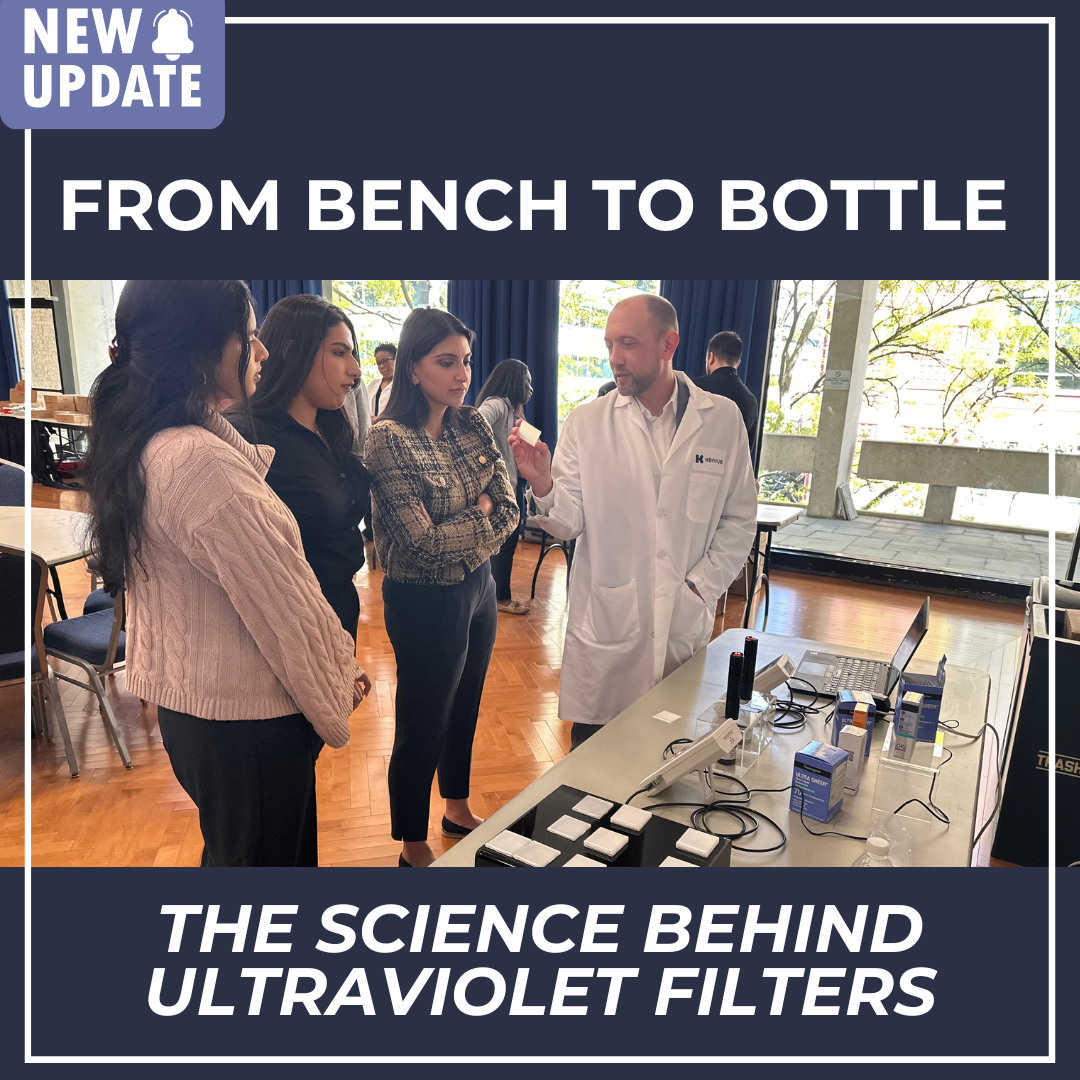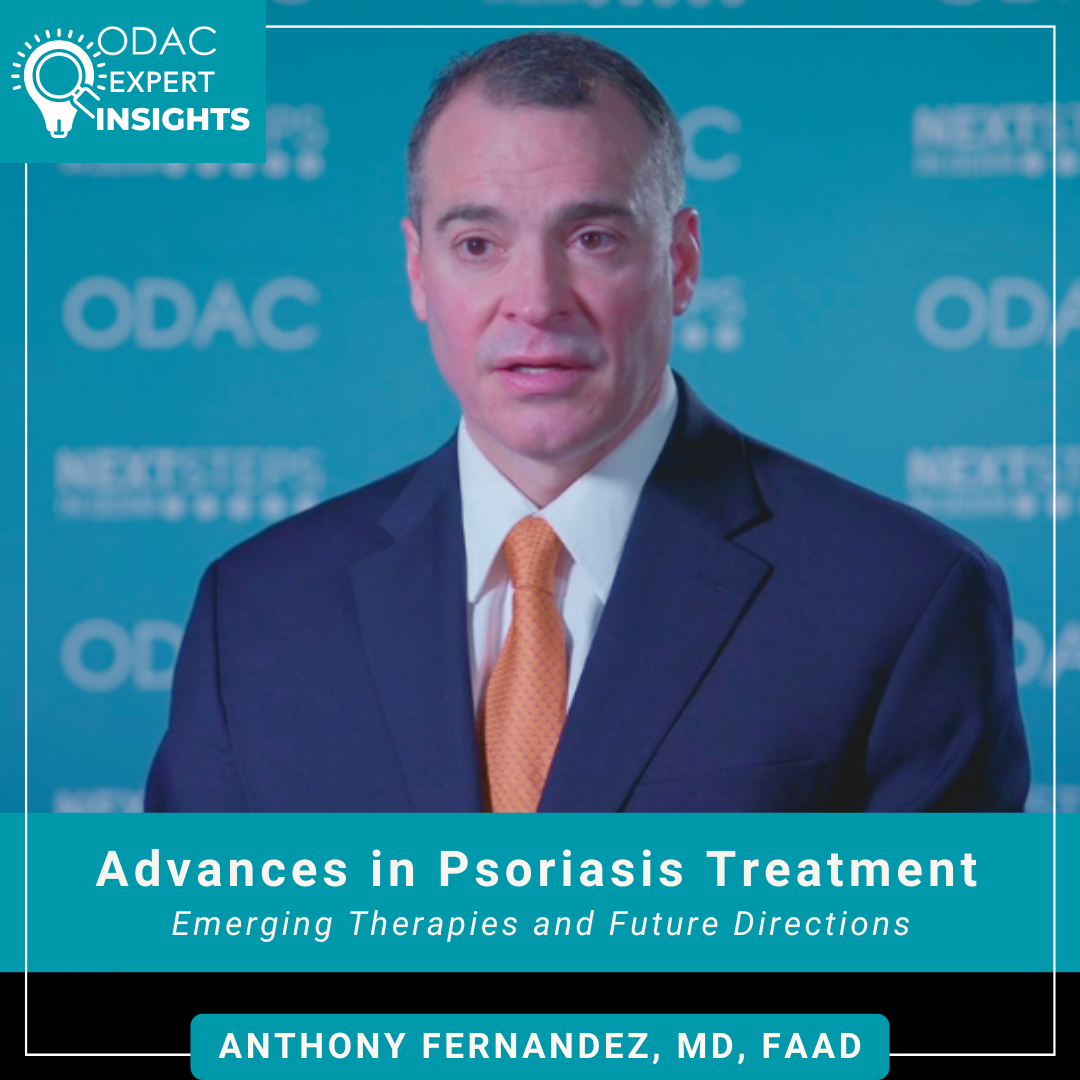Friday Pop Quiz 7/4/2025
 The epidermal closure shown in this image utilizes which of the following suture techniques?
A. Simple interrupted
B. Simple running
C. Vertical mattress
D. Horizontal mattress
E. Running subcuticular
To find out the correct answer and read the explanation, click here.
Brought to you by our brand partner
…
The epidermal closure shown in this image utilizes which of the following suture techniques?
A. Simple interrupted
B. Simple running
C. Vertical mattress
D. Horizontal mattress
E. Running subcuticular
To find out the correct answer and read the explanation, click here.
Brought to you by our brand partner
…
 The epidermal closure shown in this image utilizes which of the following suture techniques?
A. Simple interrupted
B. Simple running
C. Vertical mattress
D. Horizontal mattress
E. Running subcuticular
To find out the correct answer and read the explanation, click here.
Brought to you by our brand partner
…
The epidermal closure shown in this image utilizes which of the following suture techniques?
A. Simple interrupted
B. Simple running
C. Vertical mattress
D. Horizontal mattress
E. Running subcuticular
To find out the correct answer and read the explanation, click here.
Brought to you by our brand partner
… 








 While the importance of wearing sunscreen is often emphasized, rarely do we stop to consider how sunscreen works and why it is effective. A thorough understanding of these details is essential for dermatologists and trainees alike to feel confident navigating conversations with patients about sunscreen formulations, efficacy, and safety. At the inaugural Lab to Label Conference, Dr. Candrice Heath …
While the importance of wearing sunscreen is often emphasized, rarely do we stop to consider how sunscreen works and why it is effective. A thorough understanding of these details is essential for dermatologists and trainees alike to feel confident navigating conversations with patients about sunscreen formulations, efficacy, and safety. At the inaugural Lab to Label Conference, Dr. Candrice Heath …  Dear Trying-Not-To-Try-Too-Hard,
Asking for a letter of recommendation can feel weird. You know you need it, but it’s hard to shake the feeling that you’re asking someone to do you a big favor and hoping they remember you well enough to say something glowing.
When I was applying to dermatology (and later, for my “big girl” job), I came up with a system that worked surprisingly well. …
Dear Trying-Not-To-Try-Too-Hard,
Asking for a letter of recommendation can feel weird. You know you need it, but it’s hard to shake the feeling that you’re asking someone to do you a big favor and hoping they remember you well enough to say something glowing.
When I was applying to dermatology (and later, for my “big girl” job), I came up with a system that worked surprisingly well. …  The psoriasis research pipeline is rich with new medications as well as new ways to use existing therapies, according to Dr. Anthony Fernandez, director of medical and inpatient dermatology at the Cleveland Clinic. Next Steps in Derm, in partnership with the ODAC Dermatology Conference, interviewed Dr. Fernandez, who outlined three therapeutic areas he’s most excited about in the treatment of p …
The psoriasis research pipeline is rich with new medications as well as new ways to use existing therapies, according to Dr. Anthony Fernandez, director of medical and inpatient dermatology at the Cleveland Clinic. Next Steps in Derm, in partnership with the ODAC Dermatology Conference, interviewed Dr. Fernandez, who outlined three therapeutic areas he’s most excited about in the treatment of p …  A patient presents for evaluation of a solitary painful lesion on the shin. She feels well and denies any systemic symptoms. A recent fasting blood glucose was within normal limits. Which of the following is the most likely diagnosis?
A. Pretibial myxedema
B. Morphea
C. Lipodermatosclerosis
D. Necrobiotic xanthogranuloma
…
A patient presents for evaluation of a solitary painful lesion on the shin. She feels well and denies any systemic symptoms. A recent fasting blood glucose was within normal limits. Which of the following is the most likely diagnosis?
A. Pretibial myxedema
B. Morphea
C. Lipodermatosclerosis
D. Necrobiotic xanthogranuloma
…